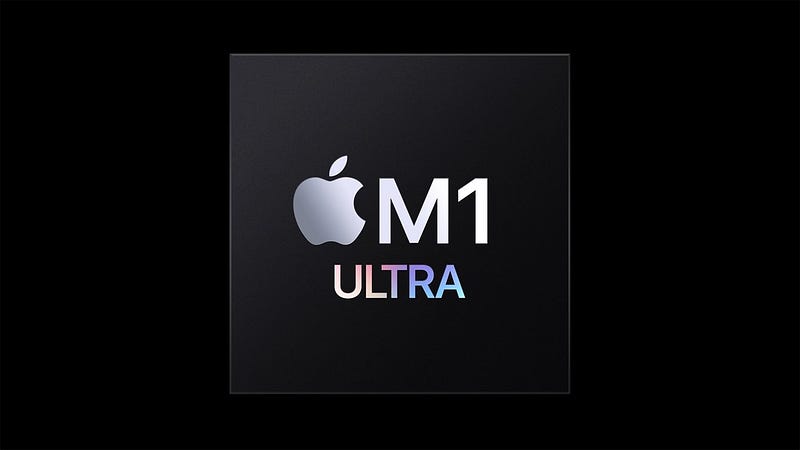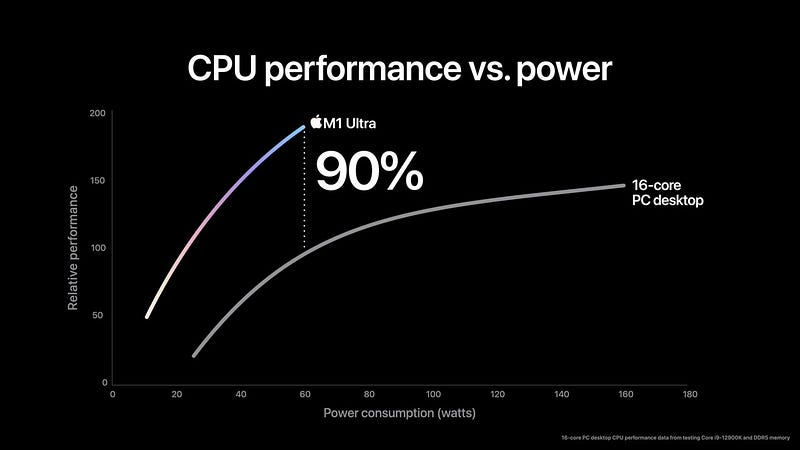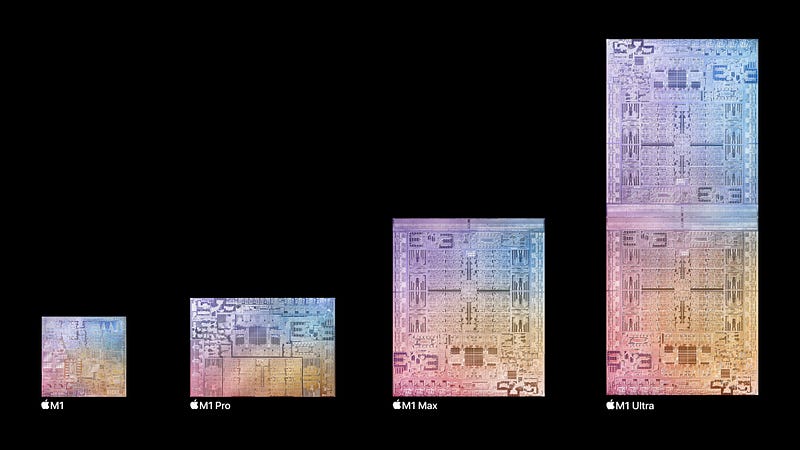The True Worth of Apple M1 Ultra: A Critical Analysis
Written on
Understanding the Apple M1 Ultra
The unveiling of the M1 Ultra by Apple prompted me to reconsider its value. As a Freelance Full Stack Engineer, I prioritize recommending hardware that offers the best price-to-performance ratio for my clients and myself. However, I'm feeling uncertain about the M1 Ultra, and here's why.
I've previously utilized devices equipped with the standard M1 chip, which has proven to be incredibly effective for my daily tasks and is one of the most powerful options I've encountered in its price range. While the M1 Ultra could be advantageous as a shared resource for my team, serving as a rendering or building server, its individual benefits seem limited. If Apple is positioning it as a competitor to the Nvidia RTX 3090, that might be intriguing, yet the RTX 3090 is significantly cheaper than the Mac Studio.
It's reasonable to argue that the RTX 3090 necessitates additional hardware, which brings costs closer together. However, the RTX 3090 can function on a budget-friendly motherboard, especially for machine learning applications where full bandwidth isn't critical. In such cases, the GPU's computation power is paramount, and the data transfer speed becomes a secondary concern.

M1 Ultra vs. Nvidia RTX 3090
While the M1 Ultra is expected to deliver superior performance per watt, thanks to the advantages of ARM architecture, the dedicated GPU has limitations across various platforms that prevent it from achieving the same efficiency. However, the performance chart provided by Apple may be misleading, as it lacks direct comparisons. It's possible that Apple has no applicable benchmarks for a side-by-side evaluation.

Apple's Architectural Innovations
Apple has crafted an impressive architecture that currently operates with lower power consumption. While the Apple ecosystem presents certain limitations, it also lays the groundwork for ambitious devices with substantial future potential. However, at present, there are only a handful of applications capable of fully leveraging the power offered by the Mac Studio.
A deeper look into the M1 architecture reveals that the power of Apple Silicon scales with the chip's size. From the original M1 to the current M1 Ultra, which is a dual M1 Max configuration connected via a fusion bus limited to two M1 Max chips.

Current Available Configurations
The M1 chip, introduced in 2020, features eight cores—four high-performance and four high-efficiency cores—designed to maximize battery life.

What's Next After M1 Ultra?
Now, it's pertinent to question what innovations will follow the M1 Ultra. I speculate that a chiplet design may be on the horizon, similar to what AMD demonstrated years ago.

Conclusion
Apple has certainly made strides in CPU performance and battery efficiency since 2020. In 2021, they introduced outstanding portable video editing devices, and by 2022, they presented a perplexing chipset that defies categorization.
For comparison, the MacBook Pro with the M1 Max delivers comparable computing power but offers greater portability, while the Mac Studio boasts superior hardware at a steep price, sacrificing some portability in the process. Currently, there are limited applications that can truly take advantage of this power, and I eagerly await real-world use cases that will emerge over time.
Thank you for taking the time to read this analysis! If you found it helpful, please consider giving it a thumbs up and following me for more insights!
Unboxing the Apple Mac Studio (M1 Ultra) to explore its features and performance.
A discussion on whether to invest in the M1 or wait for future models, providing insights into the Apple ecosystem.